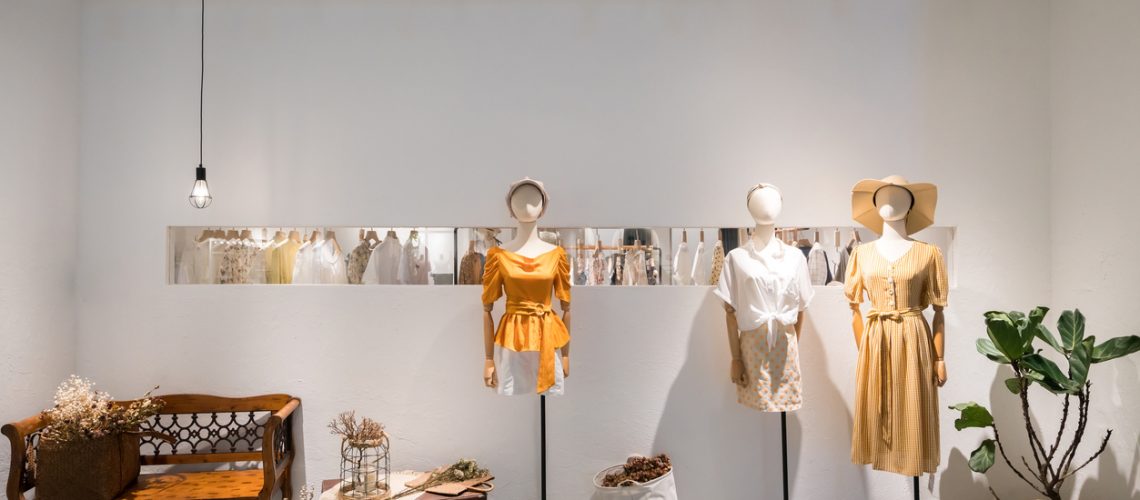A Deep Study the Globe of High-Fashion Runways: Understanding Garments as Art
High-fashion paths have actually become fields where apparel transcends its utilitarian origins, advancing right into an innovative form of creative expression. Designers, similar to skillful musicians, weave intricate narratives via material, color, and kind, redefining and testing conventional standards charm standards. These programs are extra than mere display screens; they are immersive experiences, where every stitch and joint narrates abundant with social importance and avant-garde technology. As we discover these sartorial spectacles, we must consider: what role does fashion play in forming social values, and exactly how does it mirror the ever-changing tapestry of human emotion and identity?
The Advancement of Runway Shows
The trajectory of runway programs has changed dramatically over the decades, progressing from unique sector events to exciting eyeglasses that blend fashion with art. Commonly, runway shows made love affairs, kept in ateliers or small venues, mainly participated in by buyers and industry experts. These early discussions concentrated on the garments' craftsmanship and industrial feasibility, supplying a sensible and straight display of seasonal collections.
As the fashion industry increased, the nature of path shows began to change. The 1970s and 1980s noted a transforming point, with developers seeking to differentiate themselves through more staged presentations.
In recent years, modern technology and social media sites have actually better changed path shows, making them accessible to a global audience. Livestreaming and digital systems have democratized style, allowing fanatics worldwide to witness these events in real-time (boutique fashion). This advancement shows a wider social shift, where high-fashion runways act as a vibrant crossway of style, technology, and efficiency
Designers as Visionary Artists
Just how have designers transcended their roles to become visionary artists? Developers in the high-fashion industry have actually blurred the lines in between functional garment development and the conceptual realm of art. This makeover appears in the way they approach their collections, not merely as clothing yet as profound expressions of identity, emotion, and culture. By embracing creative techniques such as sculpture, paint, and progressive installments, designers craft garments that challenge conventional style norms and boost them to art types.
Visionary developers attract inspiration from a myriad of sources, consisting of abstract art, historical referrals, and personal stories. They possess an one-of-a-kind capability to imagine and emerge ideas that press the borders of traditional fashion, typically redefining visual standards in the procedure. This creative ingenuity is showcased with significant silhouettes, cutting-edge materials, and elaborate workmanship, which invite audiences to experience fashion as more than simply wearable things.
Furthermore, the runway works as a canvas for these artists, where lighting, music, and set design coalesce to develop immersive experiences. These presentations are not just display screens of clothing however are coordinated efficiencies that stimulate feeling and prompt idea, verifying the developer's function as a true artist in the modern cultural landscape.
Social Influences in vogue
Social tapestry weaves its intricate patterns into the material of style, affecting developers around the world. The vibrant interchange of social stories, traditions, and icons notifies and motivates collections that elegance high-fashion runways.
The impact of culture on style is typically seen in the reinterpretation of standard garments and patterns. The usage of Japanese kimonos, Indian saris, or African prints in contemporary style mirrors a mix of social authenticity and modern-day looks. Developers such as Valentino's Pierpaolo Piccioli and Alexander McQueen's Sarah Burton have actually been recognized to include abundant social motifs into their couture collections, converting history into wearable art.

Technology in Fabric and Style
Development in fabric and design regularly improves the landscape of high-fashion, pressing limits and redefining possibilities. In recent times, technological innovations have actually substantially More Info added to this development, introducing materials that test standard assumptions. Textiles ingrained with wise fibers, with the ability of altering color or controling temperature, are no much longer constrained to the realm of science fiction. Developers are increasingly exploring the integration of technology, such as 3D printing, which permits for the creation of complicated frameworks that were formerly unbelievable.
In addition, sustainability has actually come to be a pivotal style in material development. The apparel industry is observing a rise in using environment-friendly materials, originated from recycled plastics, organic fibers, and even naturally degradable components. These innovations not just use brand-new textures and appearances however also address vital ecological issues. Designers are embracing these products to craft garments that are both aesthetically striking and mindful of their environmental impact.
In regards to style, progressive shapes and experimental forms are constantly reinventing the path. By including innovative techniques and unique products, designers cultivate garments that obscure the line in between style and art, establishing brand-new standards for imagination and expression in the high-fashion ball.
Influence of Style on Society
Fashion possesses an extensive impact on culture, offering as both a reflection of social identity and a catalyst for social modification (boutique fashion). Through its development, style has actually mirrored social shifts, encapsulating the zeitgeist of different periods.
Additionally, fashion has the power to bridge social voids, cultivating understanding and admiration among diverse groups. As globalisation accelerates, the cross-cultural exchange of style concepts comes to be increasingly considerable, promoting inclusivity and variety. The rise of streetwear, stemming from metropolitan subcultures, shows exactly how fashion can transcend socio-economic limits, granting people a way of self-expression and empowerment.
Essentially, Get More Info style is not merely about visual appeals; it is a dynamic pressure that influences values, perspectives, and societal progress (boutique fashion). By continuously connecting with social and social currents, fashion stays an important component of the collective human experience

Final Thought
High-fashion runways act as vibrant arenas where clothes goes beyond capability to become an expressive art type. Designers, similar to visionary artists, coordinate collections that reflect identification, feeling, and cultural stories, challenging traditional appearances. The fusion of ingenious material and style, combined with intricate collection styles, illumination, and songs, develops immersive experiences that commemorate multiculturalism. This crossway of fashion and creativity not only captivates audiences worldwide yet also affects social understandings and advertises a deeper gratitude for social variety.

Cultural tapestry weaves its complex patterns right into the fabric of fashion, influencing designers internationally.Style wields a profound influence on culture, serving as both a reflection of cultural identity and a stimulant for social adjustment.